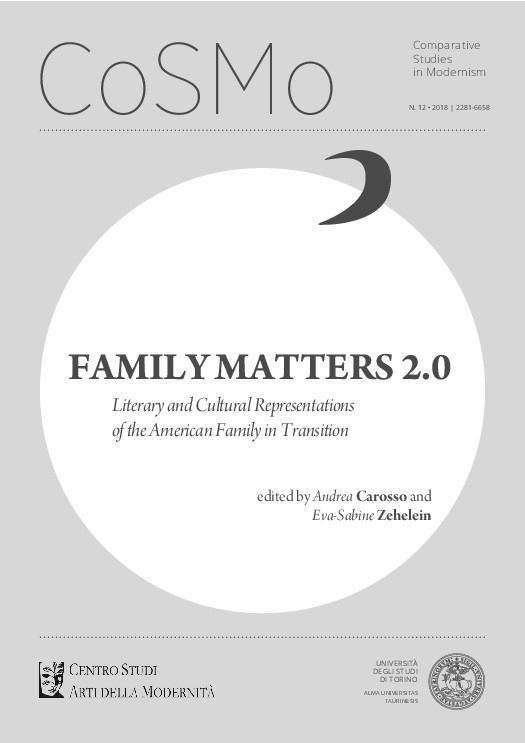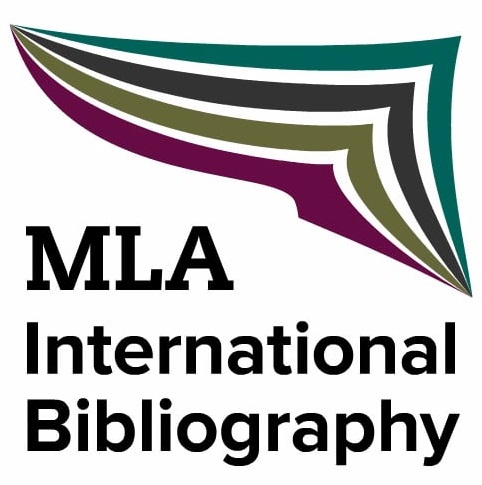Religion, Gender Inequality, and Surrogate Motherhood in Margaret Atwood’s “The Handmaid’s Tale”
DOI:
https://doi.org/10.13135/2281-6658/2580Keywords:
Atwood, surrogacy, religion, gender, Handmaid's tale, Trump, AmericaAbstract
Margaret Atwood’s novel The Handmaid’s Tale (1985), is the account of an imaginary future State, the Republic of Gilead, based on strict biblical values where men take back their place as head of the family (and the State), and women go back to their original ancillary position, both in society and at home. Gilead was indeed created to solve problems such as the extinction of the human race, due to a diffused infertility, using fertile women, the Handmaids, as surrogate mothers for the families of the Commanders, those who rule it. This creates, in fact, a new model of family, where the Commander and his wife host another woman in their house, hoping that, through the monthly “Ceremonies” (the intercourse between the Commander and the Handmaid), theirs can become a traditional family with children. Yet, the novel shows how a true balance, even between the sexes, is impossible to reach.
The aim of this analysis is to show how the author has fractioned all the elements that form a family, as a small version of society itself, to foretell a possible outcome of many matters of debate, especially the role of women. The continuous comparisons that the narrator, a handmaid, does between her previous life, where she had a husband and a daughter, hence a family, are a way to warn about the possibility that, in the future, everything that seems normal might become obsolete and considered almost “wrong”, in the light of a new normality made of strict rules that are justified as an extreme measure to save the very institution of family, the human race itself, and to protect women.
The novel, although written in the 80’s, turns out to be a reflection upon current issues about family and the role of women as “carriers of life”, suggesting how the most extreme wing of the debate might, one day, bring to a familiar model that dates back to the Bible, since, as one of the Commander claims, the freedom to marry for love and create a family was “just an anomaly […]. All we’ve done is return things to Nature’s norm”.
Downloads
Downloads
Published
Issue
Section
License
Authors keep the copyrights for their work and give the journal the work’s first publication copyright, which is at the same time licensed under a Creative Commons License – Attribution, which in turn allows other parties to share the work with an acknowledgement of the work's authorship and initial publication in this journal.
Content Licence

You are free to copy, distribute and transmit the work, and to adapt the work. You must attribute the work in the manner specified by the author or licensor (but not in any way that suggests that they endorse you or your use of the work).
Metadata licence

CoSMo published articles metadata are dedicated to the public domain by waiving all publisher's rights to the work worldwide under copyright law, including all related and neighboring rights, to the extent allowed by law.
You can copy, modify, distribute and perform the work, even for commercial purposes, all without asking permission.





